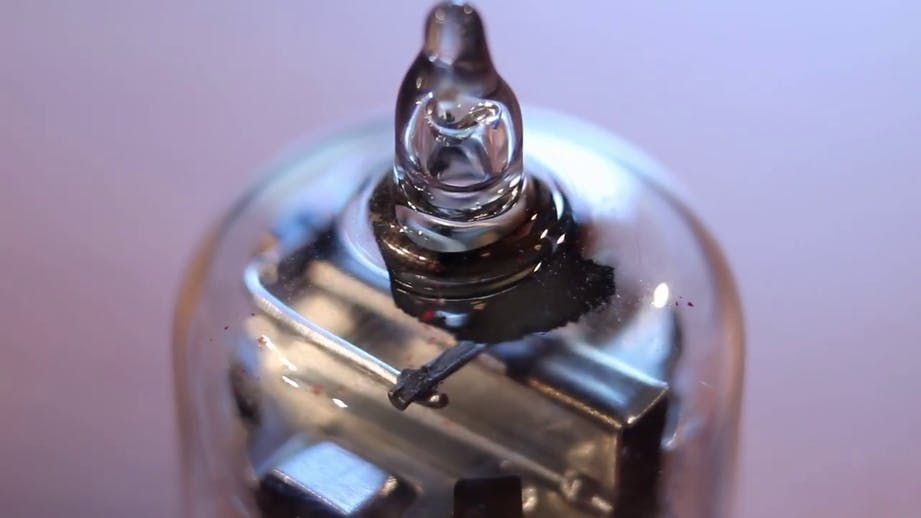
Low Voltage Tester Makes Testing Tubes for a 4-Bit Vacuum Tube Computer a Snap
from hackster.io
When most people think of vacuum tubes, two thoughts come to mind: computers the size of a room and voltages above 100 volts. That scary range resonates with Dave, a non-engineering YouTuber who loves the concept of designing electronics with vacuum tubes but not the danger of high-voltage.
The YouTube channel Usagi Electric chronicles Dave's (mis-) adventures in building a 4-bit Vacuum Tube Computer. After using hundreds of good tubes, the time to test three potentially bad ones came. In this step of the journey, Dave shows how to build a low-voltage vacuum tube tester using about $30 in parts.
Most vacuum tube testers around are focused on their high voltage or high power applications. The Usagi Electric computer project runs the tubes at a relatively low 24 volts. Without a viable off-the-shelf tool, Dave created one!
The prototype uses an Arduino Uno, a ua741 operational amplifier, two buck converters, a 555 timer, and a 24V brick power supply. The Arduino controls the tester's logic and interfaces back to the PC over serial. Since it cannot safely handle 24 volts directly, the op-amp buffers the drive voltage to the vacuum tube.
Like all fantastic retro projects, this one contains a 555-timer IC. While the two buck converters create +12 and +6 volt rails from the brick supply, the tester also needed a -12 volt (or close to it) rail. Configuring the 555 as a negative voltage pump generates approximately -10 volts, enough for these tests.
To reclaim the breadboard from the prototype, Dave milled a custom 100 by 100 millimeter circuit board. The board contains two design changes from the prototype. The first is a change to the more compact Nano form factor. And the other is a socket for a modular board to make adapting different tube types easier.
A significant benefit from this seemingly simple tester is moving the values from the serial monitor into a spreadsheet. With that, Dave can compare tubes of the same type to finding matching performance or evaluate different tubes to see if they work better for the 4-bit vacuum tube computer design.
For more information, check out the low voltage vacuum tube tester on the Usagi Electric YouTube channel. Dave goes into detail about the circuit and the code with beautiful pictures of tubes as backdrops. Also, there is a GitHub repo with code and design files.






Leave a comment